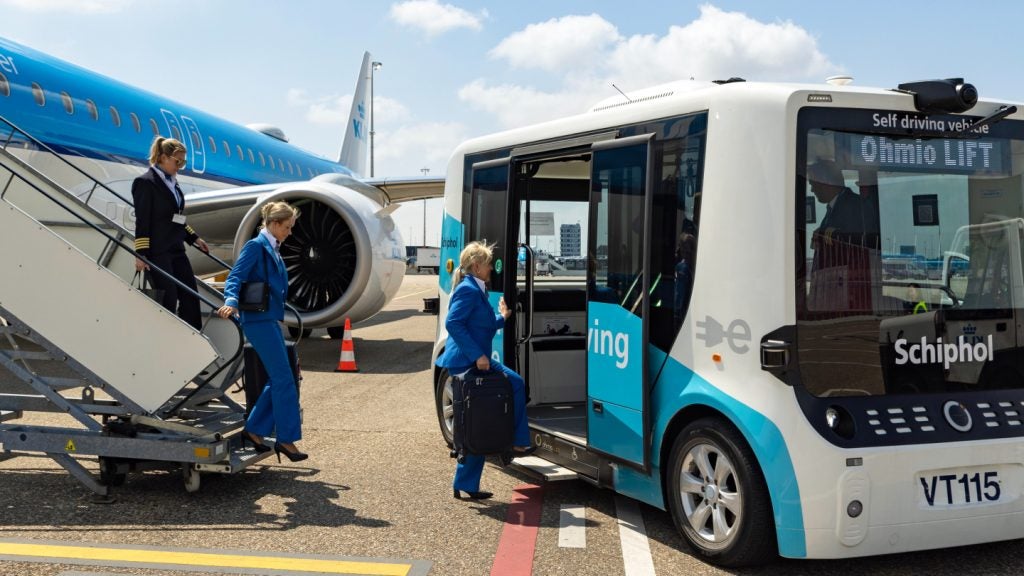Delhi International Airport Limited (DIAL) in India has announced that 14 new aircraft stands at Terminal 1 of Indira Gandhi International Airport (IGIA) in the capital New Delhi have commenced operations.
With a wingspan of up to 36m, the new stands will be able to handle Code C aircraft, including Airbus A320 and the Boeing 737, which have a wingspan between 24m and 36m.
These stands are connected with the newly constructed taxiways E9, F3 and F4, which lead to Terminal 1 of the airport.
DIAL said in a statement: “Each of the stands in the new smart T1 Apron is equipped with the latest technological upgrades, which include Visual Docking Guidance System (VDGS), Fuel Hydrant System (FHS) and Ground Power Units (GPU) and Pre-Conditioned Air (PCA).”
The company is currently expanding the apron or the tarmac area of Terminal 1.
At present, it is working on the second phase of the expansion project that involves the construction of 14 new stands.
How well do you really know your competitors?
Access the most comprehensive Company Profiles on the market, powered by GlobalData. Save hours of research. Gain competitive edge.

Thank you!
Your download email will arrive shortly
Not ready to buy yet? Download a free sample
We are confident about the unique quality of our Company Profiles. However, we want you to make the most beneficial decision for your business, so we offer a free sample that you can download by submitting the below form
By GlobalDataThe expansion project also includes the third phase.
In October last year, 19 Code C stands were made operational in the first phase of the expansion.
These stands commenced operations following the receipt of the Directorate General of Civil Aviation statutory approval.
Additionally, contact stands are being added for accommodating walking passengers to and from an aircraft along with a MARS stand which can accommodate Code E and C aircraft, Financial Express reported.
The new stands construction will improve the operational efficiency of the airport while contributing to the reduction of CO₂ emissions.
In February, the newly constructed arrival terminal at T1 of the IGIA commenced operations.







